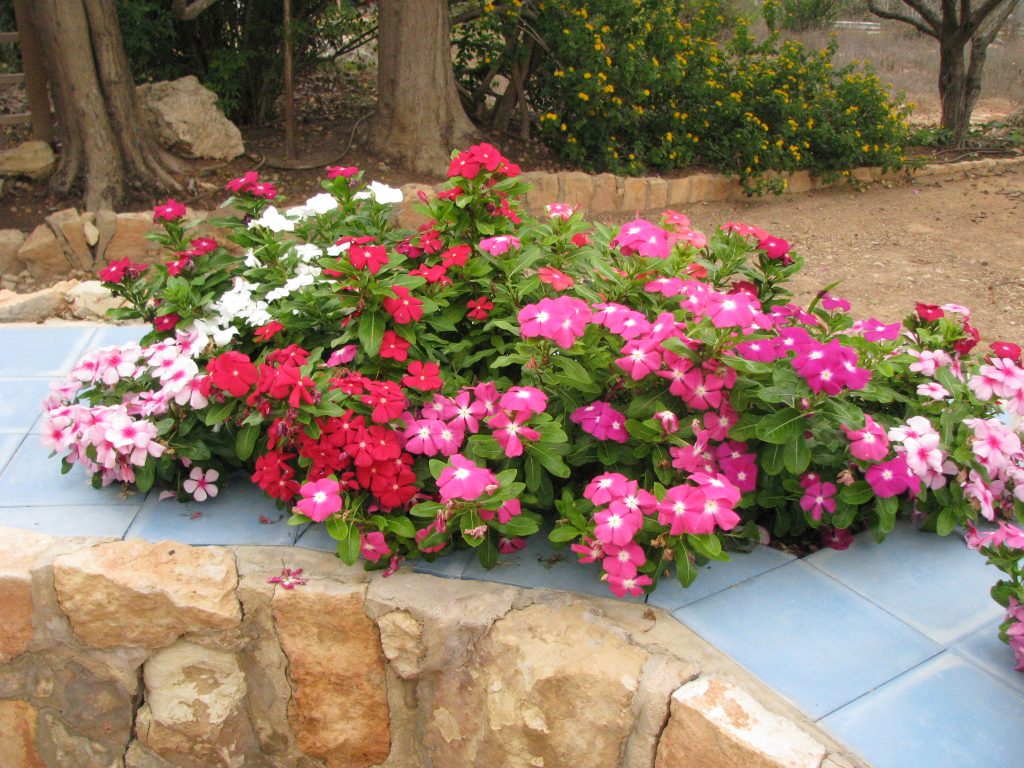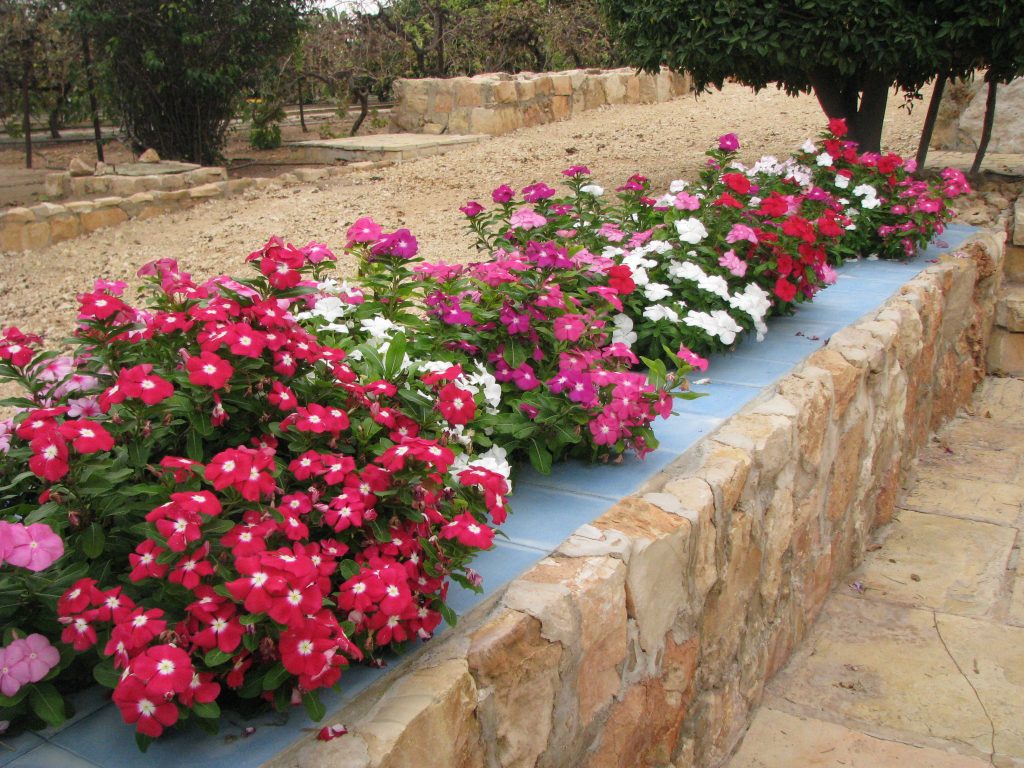


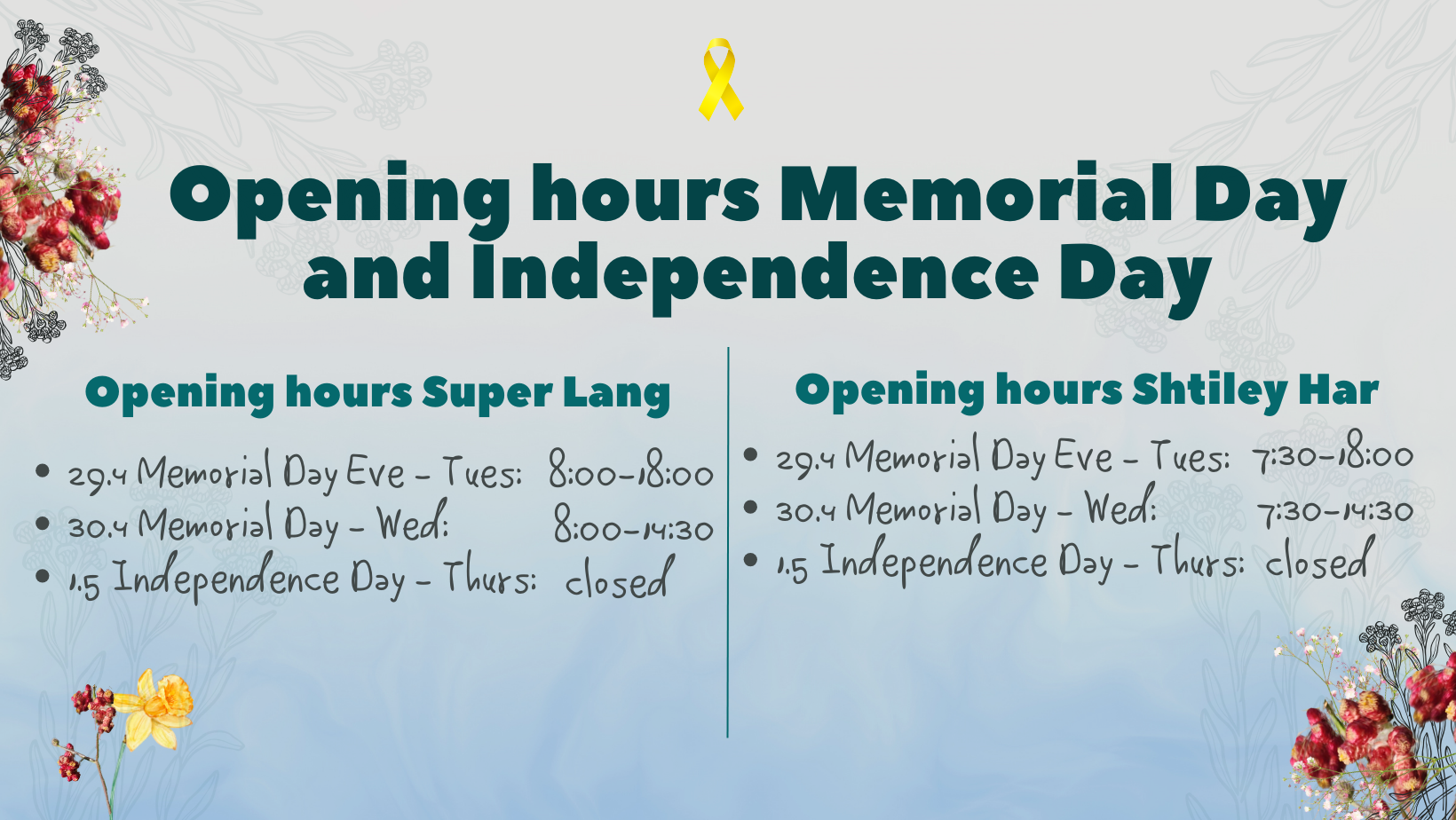






Summer Annuals for Spring and Summer Planting
Plant lovers are always looking for an addition of color in the garden and cannot resist the colorful temptation that flowering annuals have to offer, both in winter and summer.
The usual planting time for summer annuals is from March-April to June-July – so we are still at the peak of their planting season.
In the warm regions of the country, it is customary to start planting earlier and sometimes even plant several varieties in autumn and winter as winter flowers. In the mountain region, a second wave is sometimes planted at the height of summer, or even before the Tishrei holidays as long as the winter annuals have not arrived.
All these tender plants will be happy to be planted in soil rich in compost, or in containers in a light substrate with the addition of fertilizer. These plants do not have time to develop slowly and overcome difficult conditions for years, so it is highly recommended to give them optimal conditions.
Almost all of them grow well in partial sun, but some do well in full sun at the height of the hot summer. A few varieties grow well in shade or partial shade.
Here are some recommended summer annuals, which we hold in quantities right now:
Impatiens walleriana (Busy Lizzie)
A wonderful and successful summer annual that comes in a variety of colors and blooms continuously from spring to late fall and even more so in full or partial shade.
Not only do these plants bloom profusely and continuously, but they also clean themselves and the faded flowers simply dry out and disappear!
Busy Lizzies grow well in well-drained, compost-rich soil without root competition or in containers. They require very regular watering and an initial fertilizing with a slow-release fertilizer with supplements when necessary.
In large pots and in the ground under optimal conditions, the plants can reach a diameter of 50-60 cm and the resulting bouquet of flowers is truly spectacular.
This Impatiens is actually a short-lived perennial that can live and bloom for several years, but in the mountain area it suffers in winter and is usually replaced by late autumn with winter annuals. Those who keep the plant in a protected corner can enjoy it for several more years.
The flowers are edible in small quantities and can be used to decorate dishes.
To read more about Busy Lizzies, click here
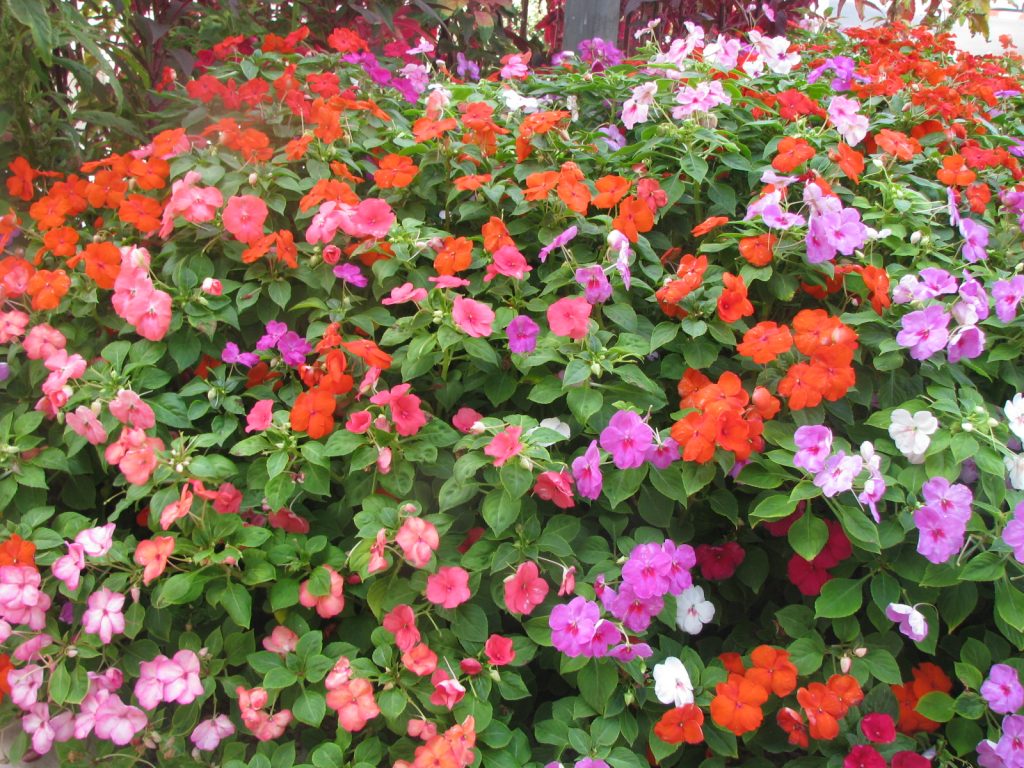
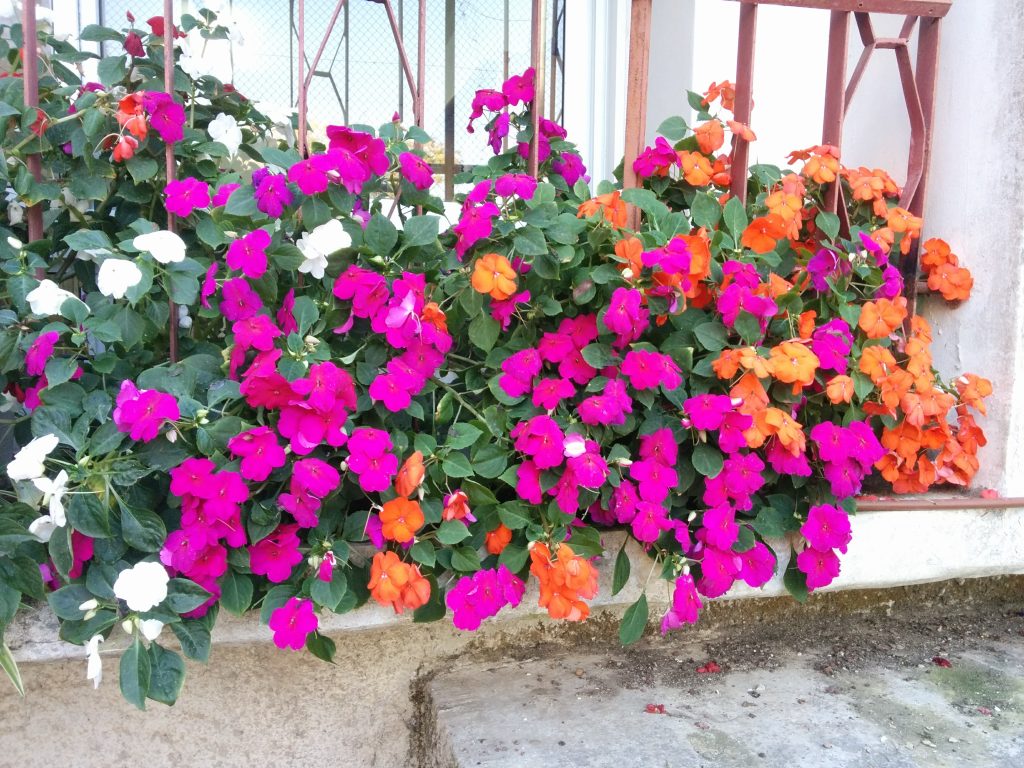
Begonia, Semperflorens-Cultorum Group (Wax Begonia)
A successful and slightly fleshy summer annual with shiny red or green leaves and flowers in white, pink and red.
Wax Begonias bloom continuously from spring to late autumn in full or partial shade and grow well in well-drained, compost-rich soil without root competition or in containers. They require regular watering and an initial fertilization with slow-release fertilizer with additions when necessary. Thanks to their fleshiness, they are relatively resistant to drying out of the soil and require excellent drainage to prevent rot.
In good conditions, they will reach a diameter and height of 30 cm or slightly more and will decorate every corner with the colorfulness of their flowers and leaves.
This Begonia is actually a short-lived perennial plant that can live and bloom for several years, but in the mountain area it suffers in winter and is usually replaced by late autumn with winter annuals. Those who keep the plant in a protected corner can enjoy it for a few more years.
It can also be grown as a flowering houseplant in high light conditions and with careful watering.
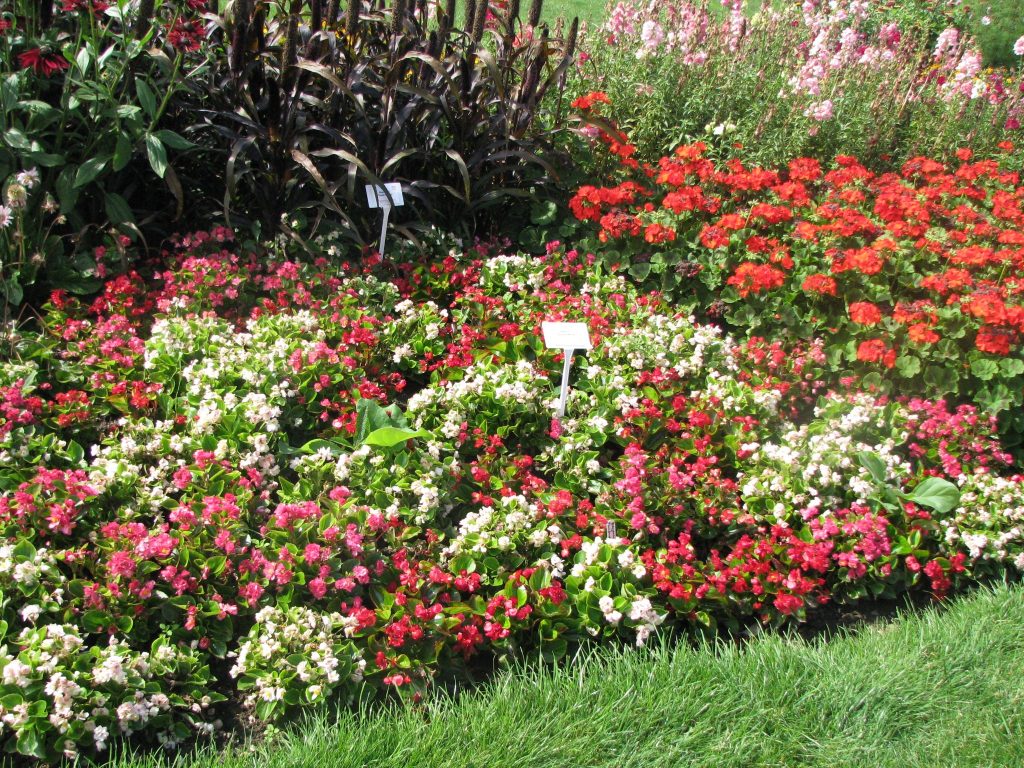
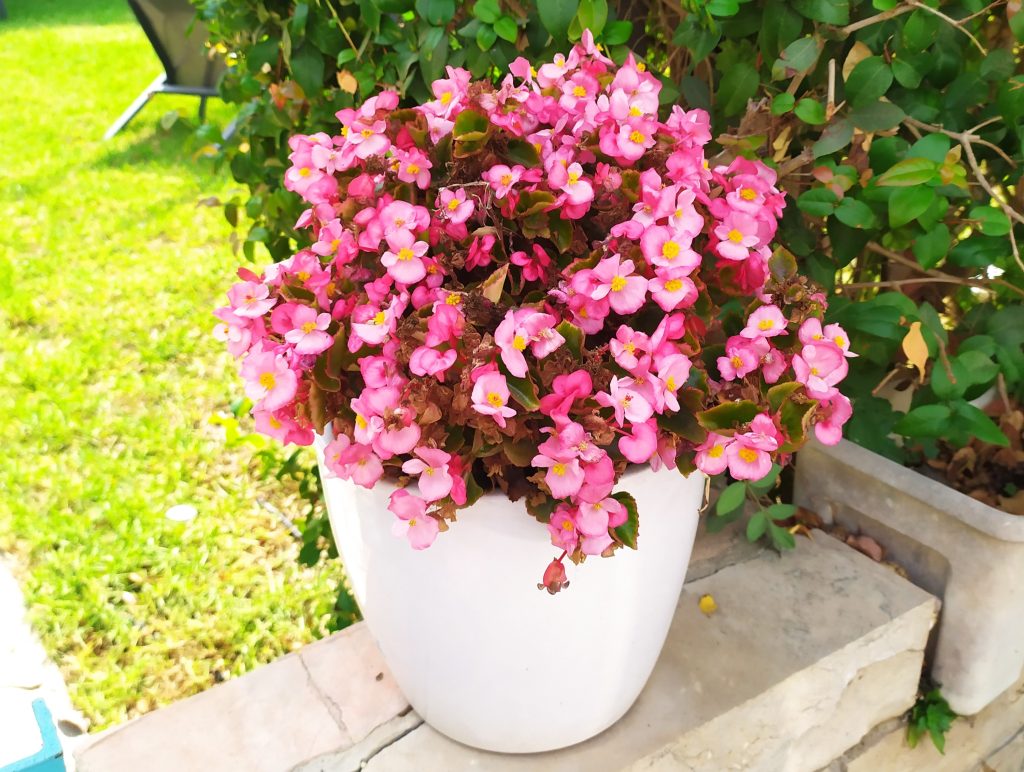
Petunia, cascading cultivars (Trailing Petunia)
These new hybrid plants, which have taken over the summer annual market in the last ten years, are completely covered with beautiful large flowers in a huge variety of sizes and colors, some of which even have surprising and "crazy" color combinations.
The blooms are wonderful in spring and fall (and in winter in the warmer regions of the country), but in the height of summer there is usually a thinning and partial drying of the plants. Therefore, we recommend planting in partial sun and even partial shade and to be patient in the height of summer and wait for their recovery in the fall.
Trailing Petunia plants do not like heavy, calcareous soils, so we recommend planting them in containers, planters and hanging baskets with regular watering and fertilizing. This way you are sure to enjoy the spectacular and abundant blooms.
There are several groups of varieties: small-flowered, compact, cascading, and more, and we recommend that you read the article about them: "Petunia, Trailing Petunia and Calibrachoa" on the nursery website.
All varieties can be used as short-lived perennials for two to three years, mainly in warm areas, but also in protected corners of high mountain gardens if you have patience and do not replace them during the winter partial dormancy.
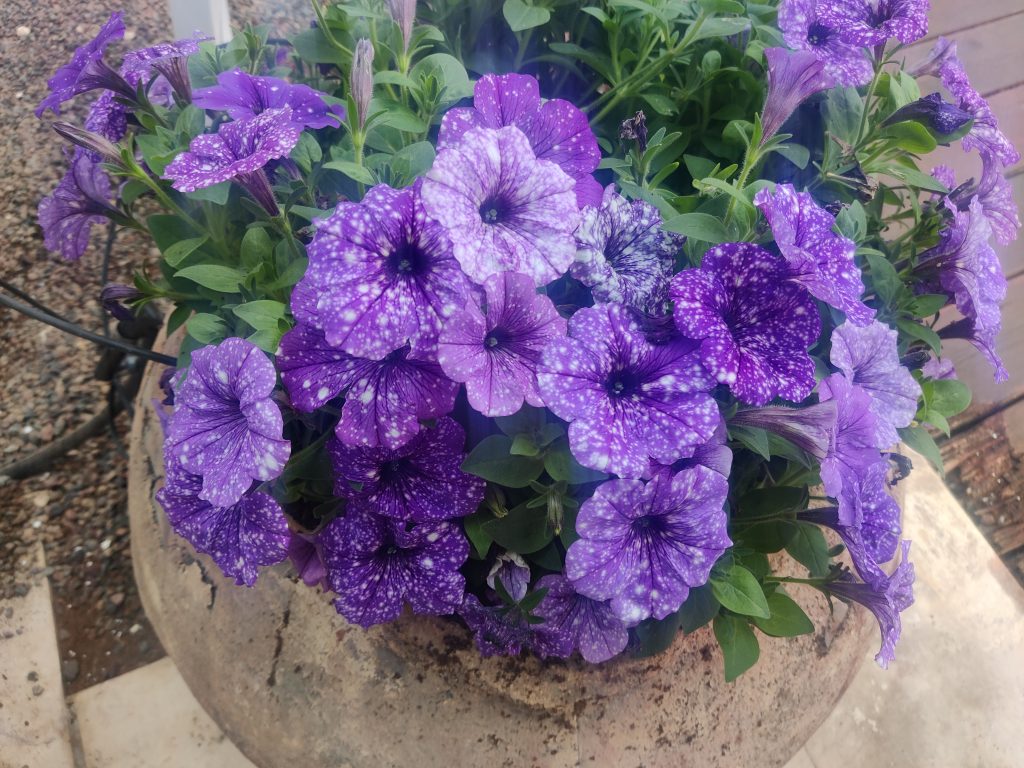
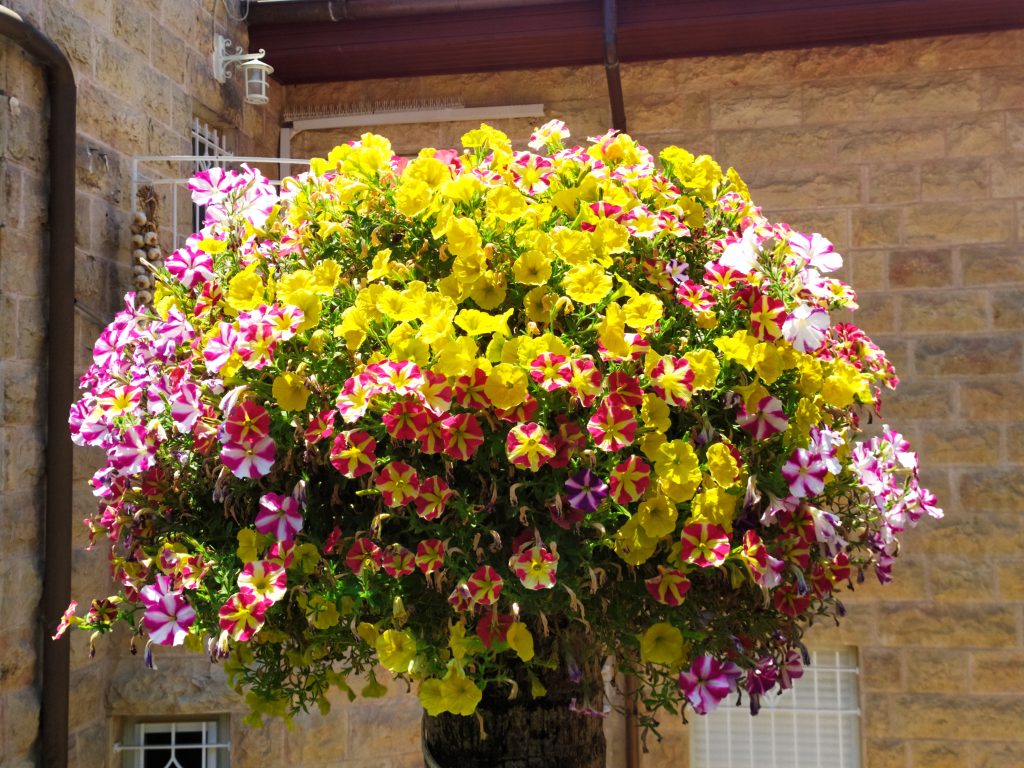
Petunia hybrida (Common Garden Petunia)
This is the good old petunia, which is a summer annual which starts growing upright and then becomes spherical. It has light-colored, hairy and sticky leaves and very large fragrant flowers in a variety of colors.
The wonderful blooms are very prominent and impressive in the warm season, but the plants are usually beautiful for 4-5 months, then they suffer and become unsightly and must be replaced or pruned and wait for renewal.
Petunias grow well in the garden in enriched, well-drained soil and in containers, and should be watered and fertilized regularly while maintaining excellent drainage.
It is recommended to clean wilted flowers and cut back old stems to maintain a full and attractive appearance.
These plants are also mentioned in the article: "Petunia, Trailing Petunia and Calibrachoa".
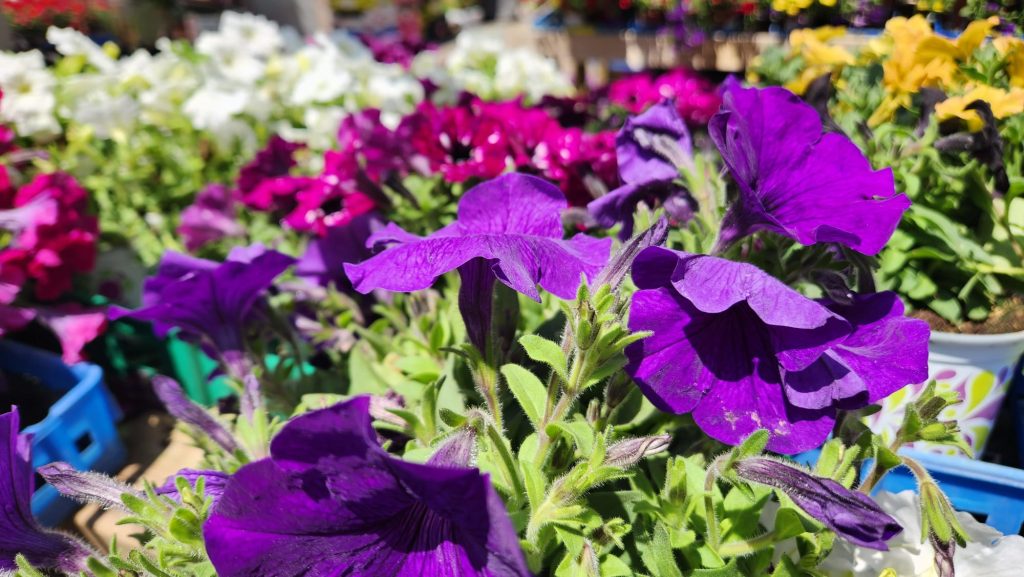
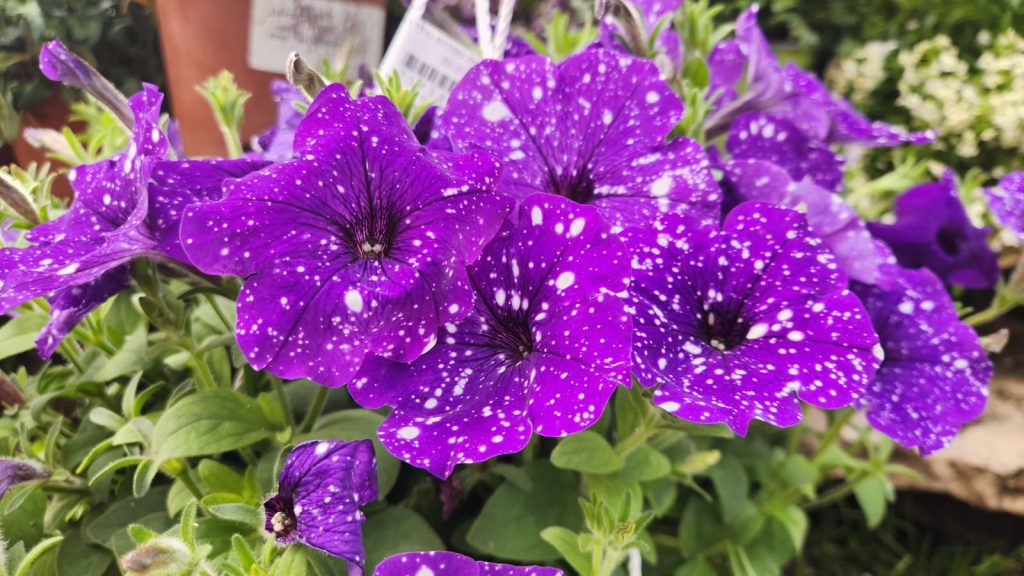
Angelonia angustifolia (Summer Snapdragon)
An excellent summer annual with a variety of cultivars that bloom in shades of white, pink and purple continuously from spring to late autumn in full to partial sun. The flowers are slightly fragrant and grow on upright stems, perfectly replacing snapdragon plants.
Angelonias love heat and do not weaken or get damaged even in the height of summer.
These plants grow well in well-drained, rich soil or in containers and require regular watering and some fertilization. Under these conditions, you can get magnificent, flowering plants with a diameter of 40-60 cm and a height of 40-50 cm.
It is recommended to cut off wilted inflorescences in order to maintain a perfect appearance.
All varieties generally survive the winter on the coastal plains and can be renewed there and bloom another year, but in the high mountains they die in winter and must be replaced in late autumn.
For more information on Angelonias, click here
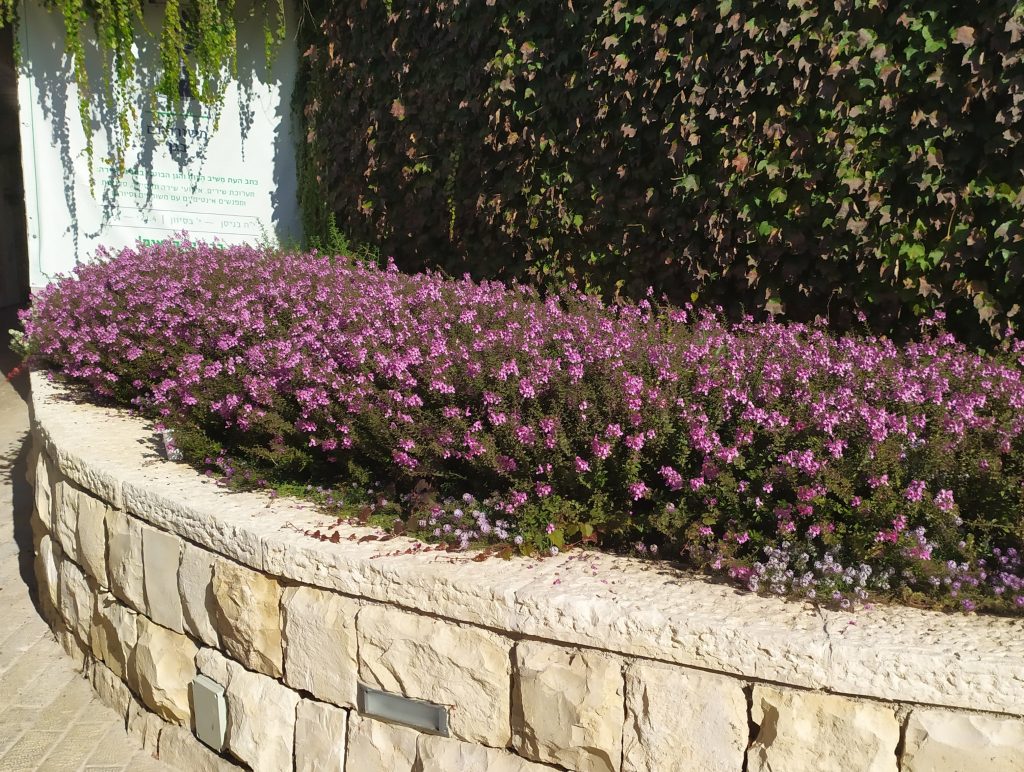
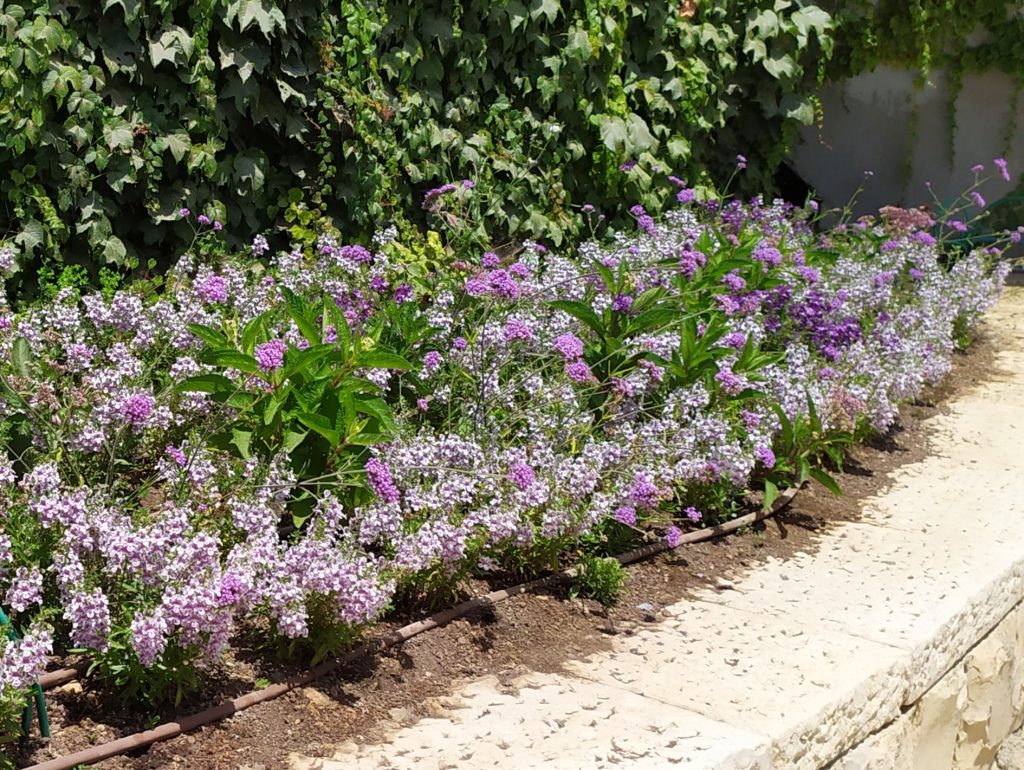
Zinnia hybrida (Zinnia)
An excellent summer annual with cultivars that bloom with star-shaped flowers, mainly in warm colors such as yellow, red and orange, but also in white and color combinations. Blooms continuously from spring to late autumn in full to partial sun and sometimes continues to bloom until December and January.
Zinnias love heat and are not weakened or damaged even in the height of summer!
These plants excel in the garden in well-drained, rich soil and are also successful in containers and require regular watering and some fertilization.
That said, one should know that they are sensitive to excess watering and leaf wetting, and excellent drainage must be ensured.
Under these conditions, dense, flowering cushions with a diameter of 40-50 cm and a height of 20-40 cm can be obtained.
It is recommended to cut off wilted flowers to clean and maintain a perfect appearance.
To read more about zinnia, click here
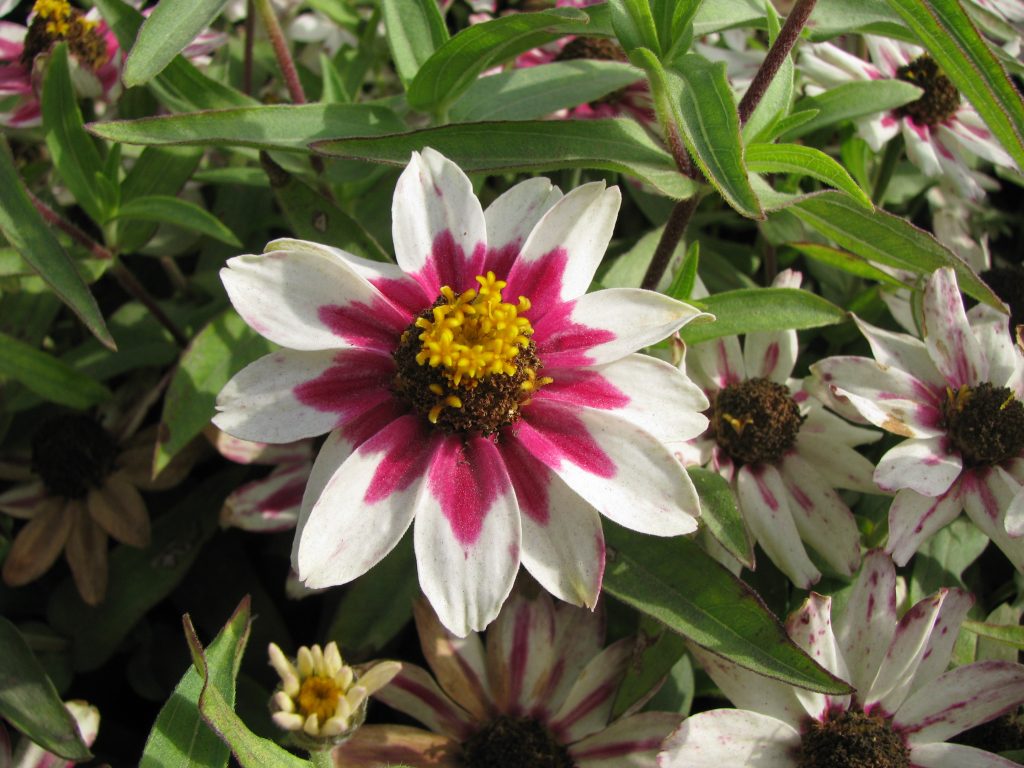
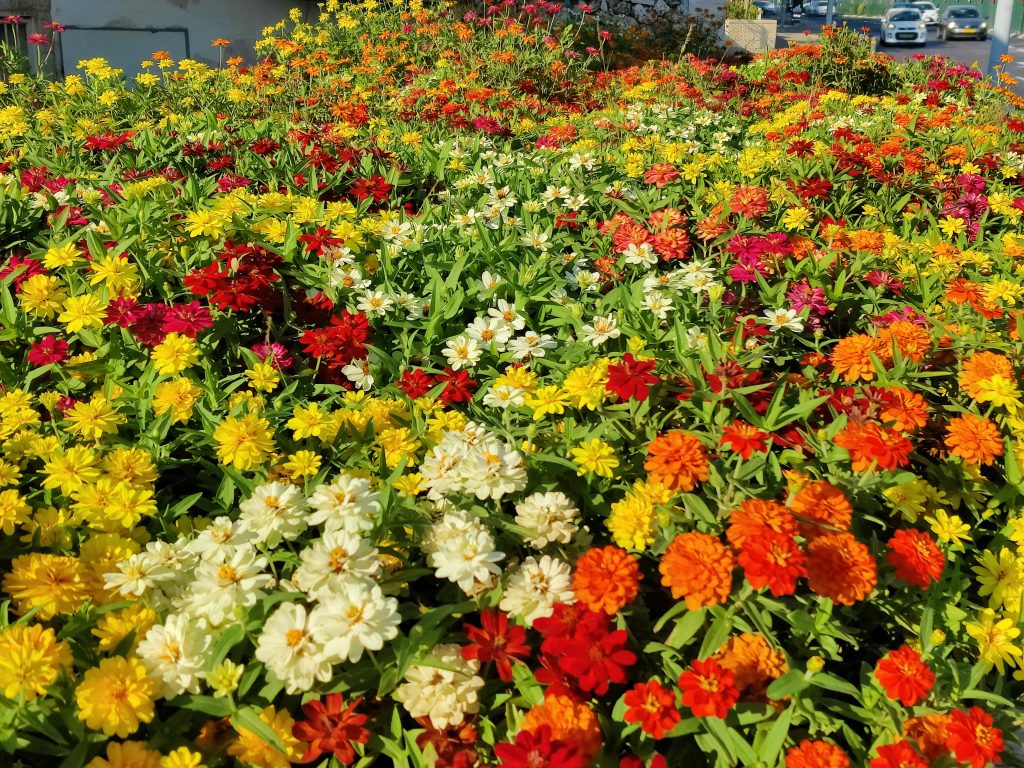
Catharanthus roseus (Annual Vinca, Periwinkle)
A summer annual with cultivars that bloom in shades of white, pink, red and purple and clean themselves, so there is no need for any pruning.
Annual Vincas bloom continuously from spring to late autumn in full to partial sun and even partial shade.
They love heat and are not weakened or damaged even in the height of summer.
One can plant them in the garden in a rich and well-drained soil, but containers and baskets are better, as they are sensitive to excess watering and root diseases and it is necessary to ensure excellent drainage. Water regularly, but not excessively, and fertilize lightly.
Important: When planting, do not bury the young plant.
Under good conditions, you will get cushions with a diameter of 30-40 cm and a height of 20-40 cm in the upright varieties, and low cushions with a diameter of 40-60 cm and a height of 20 cm in the trailing varieties.
The Annual Vinca varieties are sensitive to cold and normally suffer in the high mountains as early as October, and then it is recommended to replace them with winter annuals. In the warmer parts of Israel they are used as flowering perennials and look their best even in the sweltering summer of Eilat!
